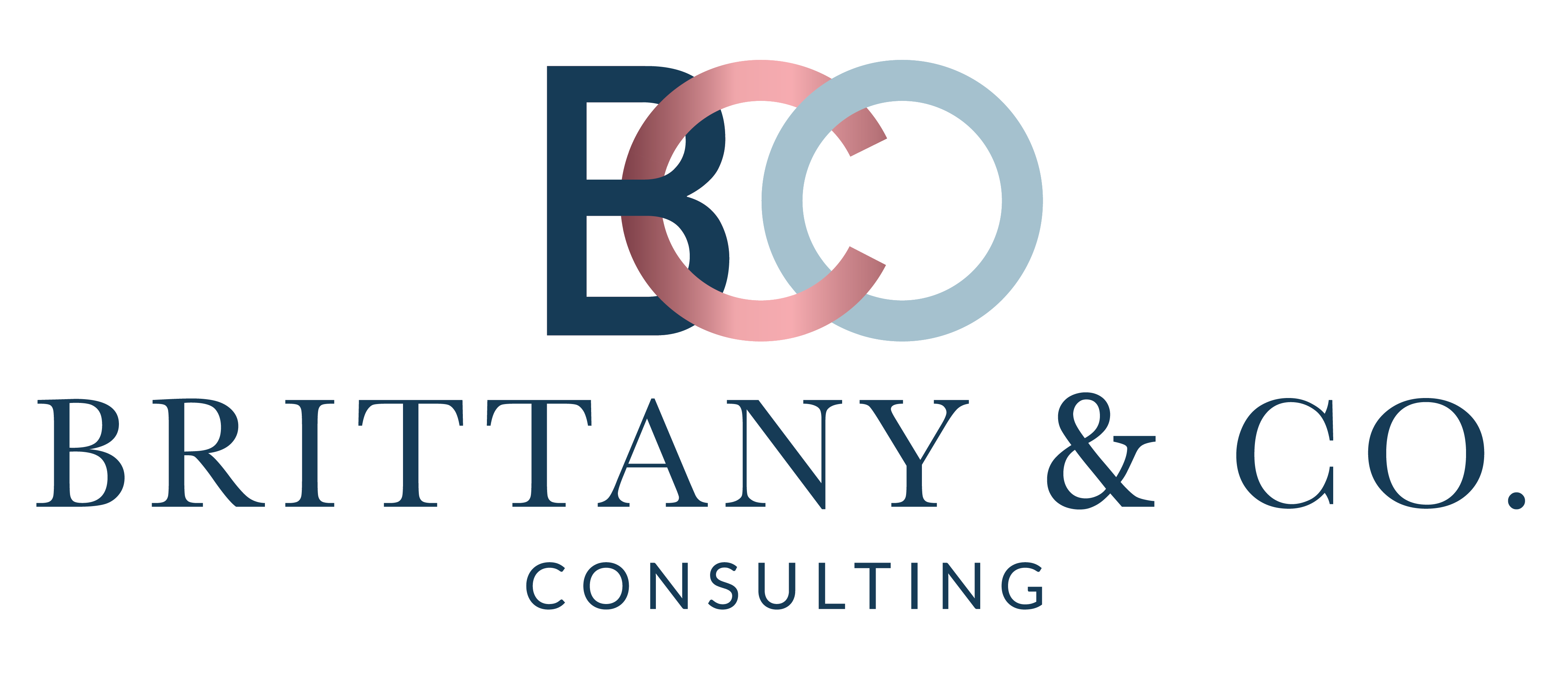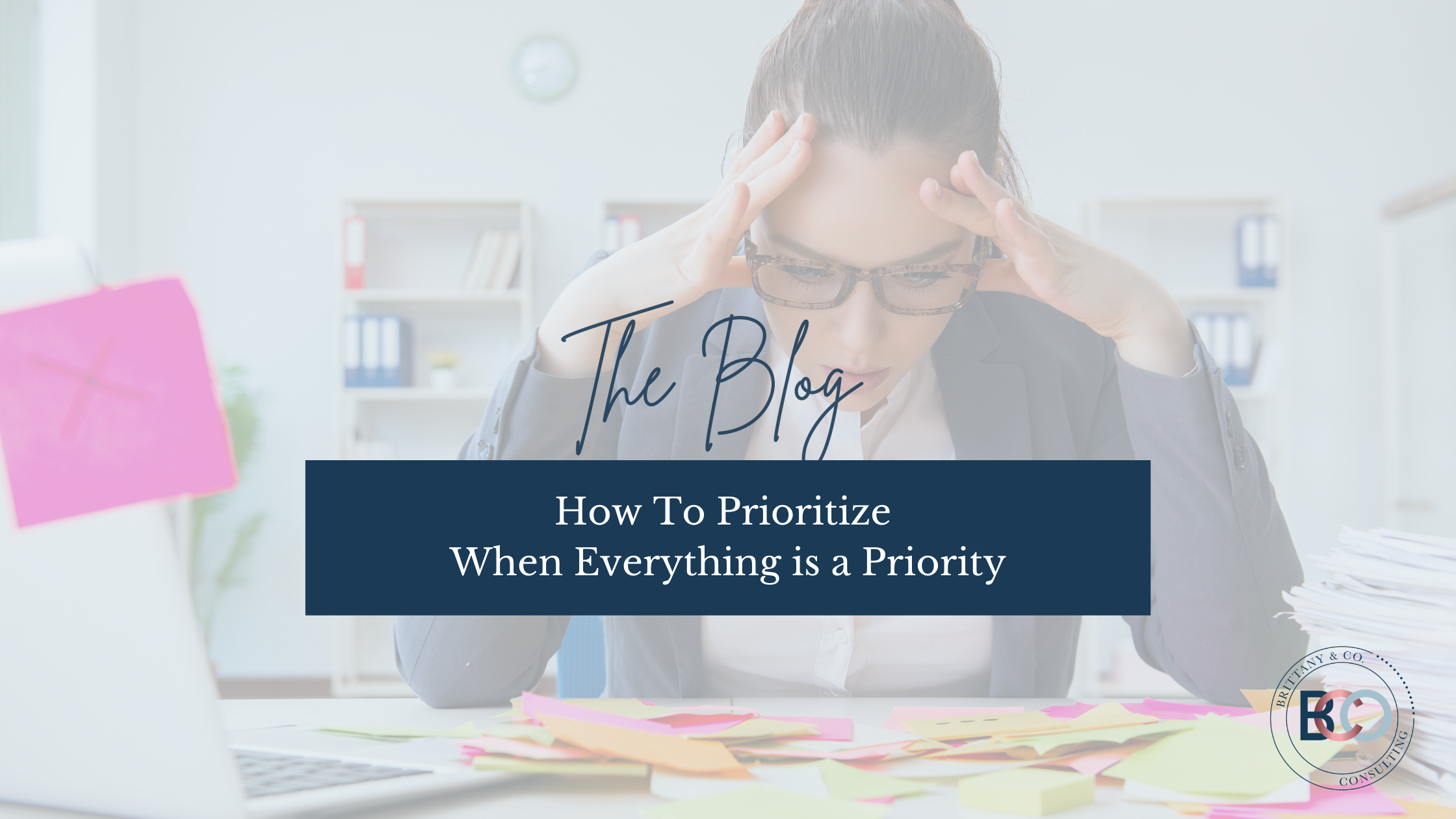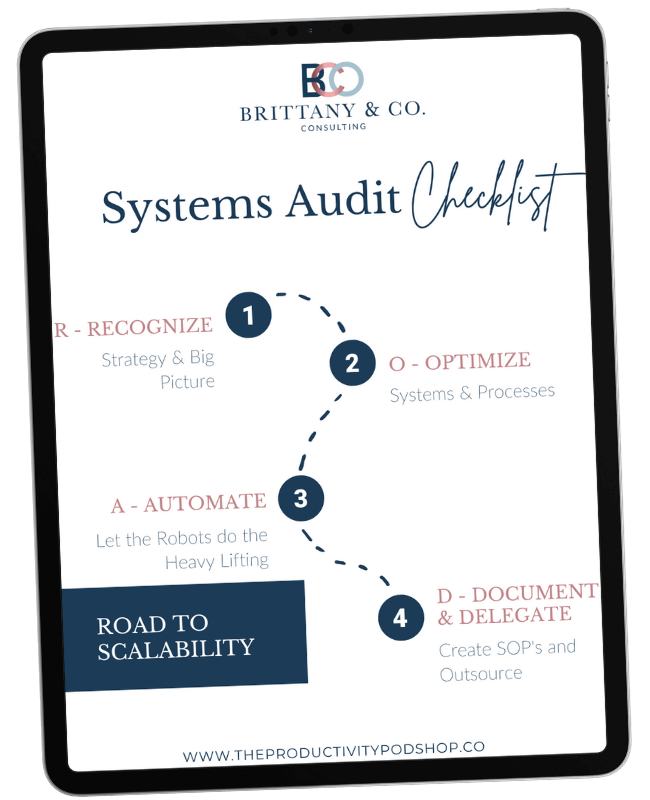It’s a wild world out there for entrepreneurs, isn’t it? We’re juggling a dozen balls at once. In this high-speed game, everything seems like a top priority. But here’s the kicker: “Being busy doesn’t always mean we’re doing what’s best for us or our business.”
Let’s chat about how we can smartly navigate through this without losing our minds.
What’s Really Important?
First things first, let’s redefine ‘busy’. It’s not just about having back-to-back meetings or overflowing email inboxes. It’s more about asking ourselves: “Is what I’m doing right now pushing me towards my goals?”
Often, we’re caught in tasks that feel urgent but don’t align with our bigger picture. It’s like being on a treadmill – lots of running, but not going anywhere.
So, how do we get off this treadmill? Here are a few tricks I’ve learned:
#1. Monthly Goals & Objectives
As seasoned entrepreneurs, we’re no strangers to setting goals. But there’s a big difference between knowing this and actually doing it. Each month, take a real step forward. Write down your goals. This isn’t just thinking about where you want to go; it’s mapping it out clearly.
Ask yourself: “What are my main targets for this month?” Then, put those goals on paper or into your system (we’ll talk more about that in the next topic). Break them into smaller tasks you can tackle each day or week. This way, you’re not just thinking about success, but actively chasing it.
It’s like planning a road trip. Knowing your destination isn’t enough; you’ve got to plot the route and start driving. Writing down your goals and the steps to get there, turns them from ideas into action.
On a personal note, this principle played a vital role in a recent adventure of mine. I embarked on a journey with my family, living in an RV and traveling across the country. This dream turned into a reality through meticulous planning, done months in advance. This experience reinforced my belief: never underestimate the power of a well-crafted plan.
#2. Getting organized
Think of this like cleaning up a messy desk. You need a good system to sort your work stuff. Just like cleaning your desk helps you find things faster, having a system for your tasks helps you see what needs to be done first. You could use an app or just a simple to-do list to keep track of everything, but I highly recommend utilizing digital tools like Asana or Trello that can help you track and stay accountable for all your tasks.
Just like the ‘Process’ step in the Three P’s of Productivity, where notes and tasks are organized at the end of each day, establishing a system helps in categorizing and tackling tasks efficiently. This could involve setting aside a specific time daily or weekly to process and organize your tasks.
#3. Focus & Flow: Mastering Deep Work
In our always-on world, the ability to dive deep into work without distraction is more than a skill—it’s a superpower. Once you set up your goals, create a system to keep track of your tasks so you know what you should focus on every single day; then, it’s time to get into deep work. Here’s what you could do:
- Set Up for Success: First, create a space where you can focus. This might be a quiet corner in your office or a spot at your favorite café. The key is to have a place where you know it’s time to get serious.
- Time Blocking: Dedicate specific hours for focused work. This could be early in the morning or later in the evening, whenever you find your mind most clear and distractions at a minimum. Treat these time blocks as sacred, non-negotiable parts of your day.
- Eliminate Interruptions: Turn off those phone notifications. Let your team know you’re in a focus session. If you’re working from home, set boundaries with family or housemates. It’s all about creating a bubble where you can concentrate fully.
- One Task at a Time: During these deep work sessions, pour all your attention into one task. Multitasking might feel productive, but it’s the focus that really gets things done. Whether it’s brainstorming a new business strategy or working through your email backlog, give it your undivided attention.
#4. Maintaining the Flow
Great, you’ve got your goals, your to-do system, and you know how to focus. The next step? Keep it going. It’s all about staying on track, day after day. Here’s how to make these habits stick:
- Regular Check-ins: Once a week, take a moment to look back at what you’ve done. Are you following your plan? Are your everyday tasks helping you hit your monthly goals? This isn’t just a quick glance; it’s making sure you’re still heading in the right direction.
- Be Ready to Change Your Plan: Things change, and your plans might need to change too. What seemed super important yesterday might be less urgent today. Being able to switch gears is a good thing.
- Take Breaks from Tech: Make some time to step away from screens and emails. It could be an hour each day or a whole day each week. This break can clear your head and help you focus better when you get back to work.
Conclusion
Being constantly busy doesn’t mean you’re on the right path. Prioritizing when everything feels important is about recognizing what truly aligns with your goals and having the discipline to focus on those things. It’s about setting clear goals, creating a system, and dedicating time to deep, meaningful work.
By applying these principles, you’ll find that not only do you become more productive, but you also gain a sense of peace and control in your business journey. Things might not be perfect, but at least you’ll be moving forward!








